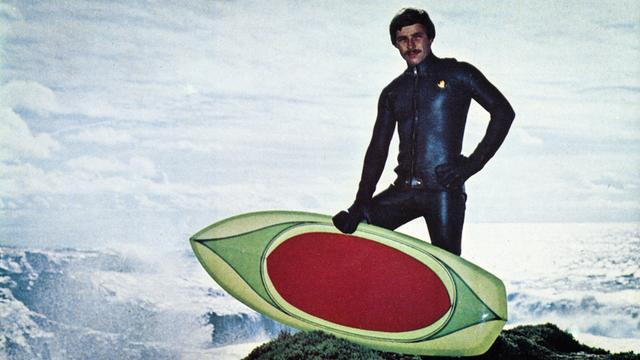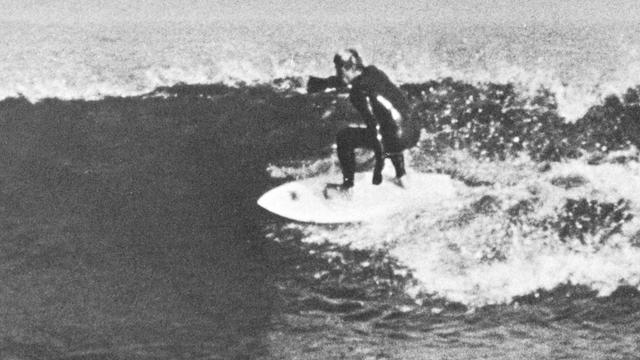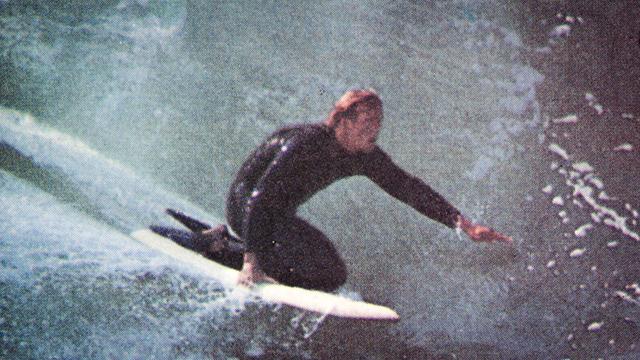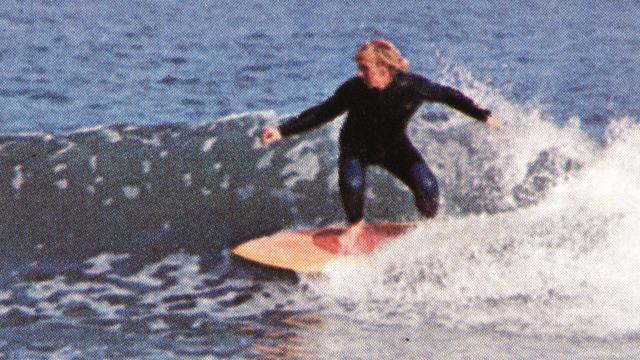SHOE

Larry Sheflo, Santa Cruz

Larry Sheflo, Malibu

Ron Romanosy, the Wedge. Photo: Richard Rocea

The Shoe, by Newport Paipo Boards

Mike Ballard, Malibu. Photo: Peter Dixon
- Designer:
- Larry Sheflo, Mike Ballard, Ron Romanosky
- Manufacturer:
- Newport Paipo, Con Surfboards
- Introduced:
- Length:
- ~ 5' 1"
- Width:
- ~ 22"
- Thickness:
- ~ 3.25"
- Weight:
- ~ 13 lbs
- Fins:
- three fin boxes; rider's choice
- Core material:
- PU foam
Newport Paipo Boards ad copy, SURFER Magazine, September 1970 For the past month and a half, Larry Sheflo, surfer; Mike Ballard, surfer-designer; and Ron Romanosky, kneerider-shaper of Newport Paipo, have been deeply involved in a revolutionary new concept. It all started when someone suggested we build a board that had the best features of both a short surfboard and a kneeboard. Well, now the t...
Subscribe or Login
Plans start at $5, cancel anytimeTrouble logging-in? Contact us.